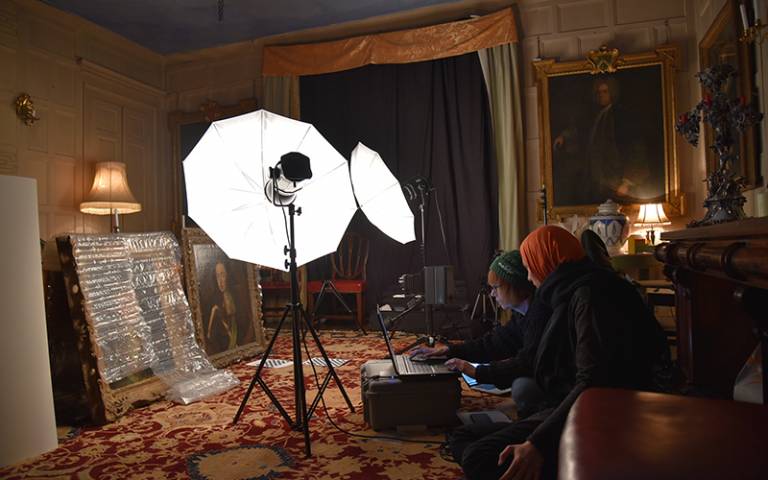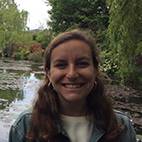Interview: Why study Science and Engineering in Arts, Heritage & Archaeology at UCL?
4 April 2019
Alumna Hannah Duggan tells us about her experience as a Science and Engineering in Arts, Heritage & Archaeology MRes (SEAHA MRes) student at UCL Institute for Sustainable Heritage


We interviewed Science and Engineering in Arts, Heritage & Archaeology MRes alumna Hannah Duggan on her experience studying the programme at UCL Institute for Sustainable Heritage.
What was your academic background before joining the SEAHA MRes?
I received a bachelor’s degree in Chemical Engineering and Art History from Tufts University.
What inspired you to pursue a career in heritage science?
I have always been passionate about art history and chemistry. Heritage science provided a perfect opportunity to marry these two interests. Not only did it utilize skills from both disciplines, it allowed for the interpretation of art through a different lens.
What made you choose the SEAHA MRes at UCL ISH?
I chose to study at UCL ISH because the programme offered an excellent opportunity to combine my passions in a research-based environment. I was very eager to get involved in research and the SEAHA programme focused on developing a thesis. A masters programme in heritage science is also quite unique and there aren’t many comparable options in the states.
What have you enjoyed most about the programme?
I loved the diversity of the academic backgrounds of the students. Everyone has expertise in complementary fields, which made for very interesting discussions and group projects.
What is your dissertation topic?
Glues derived from animal products have been used in the preparation and conservation of painting canvas for hundreds of years. However, it is not clear how exactly these adhesives contribute to the mechanical strength of a canvas and how this contribution changes with time. My comparative study looks at the effect of age, thickness, and type of animal glue on the mechanical reinforcement the glues provide to canvas. The mechanical strength of the canvas and glue system have been measured with a tensile test.
What skills have you gained from the programme?
I was able to hone my research and problem solving skills through hands on experience. Analytical and project management skills were developed throughout the course and played an integral role in conducting my thesis research and writing my thesis report.
Has the programme opened up career possibilities for you?
The SEAHA programme definitely opened up career possibilities for me. I came to SEAHA very focused on painting conservation science and was exposed to many other applications for heritage science research, the variety of research my colleagues worked on and the various projects allowed me the opportunity to experience different streams of study in the field. This led me to explore other passions in the heritage industry.
Would you recommend the MRes SEAHA to other students?
I would recommend the MRES SEAHA to other students. It was a wonderful opportunity to work with high calibre staff and course mates and taught me many practical technical skills, as well as experience working in situ at historic sites.
What advice would you give to prospective students who are interested in pursuing career in heritage science?
I would advise prospective students interested in a career in heritage science to be persistent and explore every option. Very rewarding opportunities often come from unexpected places.
What have you been up to since you graduated?
Since graduating, I have been working as a conservator at Building Conservation Associates, Inc. (BCA) in New York. BCA is a consulting firm that specializes in both the technical and historical aspects of restoring buildings and works of art.
 Close
Close

